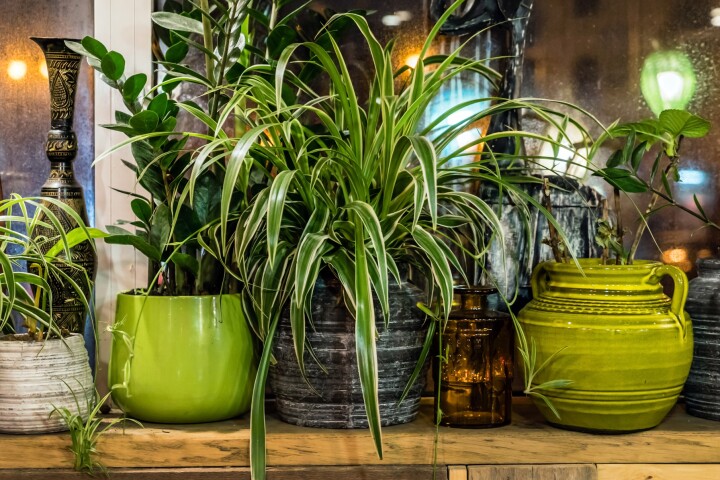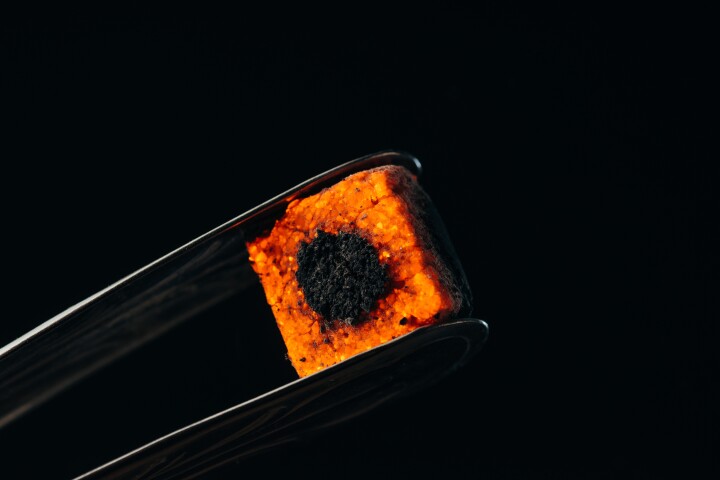While glass bricks are effective for allowing daylight into buildings, they're not good insulators and they can't be used for entire load-bearing walls. Such is reportedly not the case, however, with experimental new aerogel-filled translucent bricks.
Six years ago, Dr. Jannis Wernery and colleagues from Switzerland's Empa research group stuffed the cavities in regular hollow clay bricks with a paste made up of aerogel particles. The resulting "aerobricks" proved to have very high thermal insulation properties … but of course, they were opaque.
Now, the scientists have taken translucent silica aerogel granules and used them to fill the voids between sheets of clear glass which are joined together (via epoxy resin spacers) to form a long rectangular box shape.
Once those aerogel-filled glass boxes get sealed up, they can be used as bricks which allow sunlight to pass through while still preserving the privacy of people within the building.

Importantly, the Empa bricks have a measured thermal conductivity of 53 milliwatts per meter kelvin, which the researchers state is "the highest insulating performance of any brick found in the technical literature, let alone on the market."
Additionally, thanks to the manner in which the vertically oriented spacers within each brick are offset from one another, the bricks boast a compressive strength of 44.9 megapascals, which is reportedly "several times higher than clay insulating bricks and brick blocks available on the market." This means that they could be used in the construction of load-bearing walls.

One drawback of the original aerobricks was the fact that they would be considerably more expensive than traditional bricks. Due to the facts that the translucent bricks could be used in place of windows while reducing heating and lighting bills, however, it is believed that they could be cost-competitive with regular building materials.
A paper on the translucent aerogel bricks was recently published in the Journal of Building Engineering.
Source: Empa







